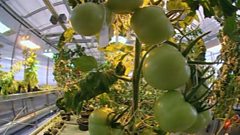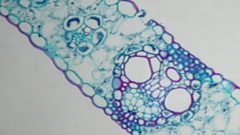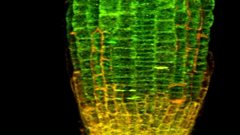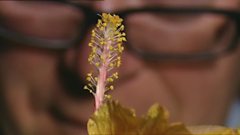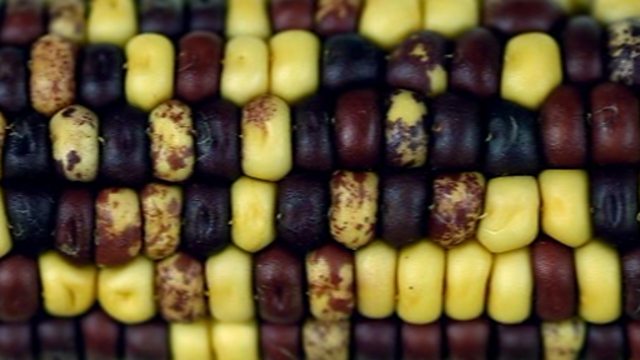
The discovery of gene switches in maize
In the wild, maize isn’t the bright yellow colour we are used to seeing on the supermarket shelves; kernels can be red, purple, black and brown. The uniform yellow colour is a result of mutation and selective breeding.
From 1945, geneticist Barbara McClintock grew maize plants in which the red colour reappeared. She cross-pollinated specific plants, recording the ratios of coloured to yellow kernels in the resulting cobs. Her results did not match the expected ratios according to the principles defined by Gregor Mendel.
After three years of collecting data, McClintock worked out that genes were part of a dynamic system, and that they were operated by ‘gene switches’. This set in motion a whole new way of thinking about genetics.
Duration:
This clip is from
More clips from Hidden World
-
![]()
Muriel Wheldale and complex gene interactions
Duration: 03:32
-
![]()
Selective breeding and the ‘Green Revolution’
Duration: 05:28
-
![]()
The case for genetically modified crops
Duration: 01:31
-
![]()
The use of genetic engineering to increase productivity in rice
Duration: 06:17
More clips from Botany: A Blooming History
-
![]()
Muriel Wheldale and complex gene interactions—Hidden World
Duration: 03:32
-
![]()
How plants are adapted to survive—Photosynthesis
Duration: 02:47
-
![]()
Thomas Fairchild - speciation and evolution—A Confusion of Names
Duration: 06:43



